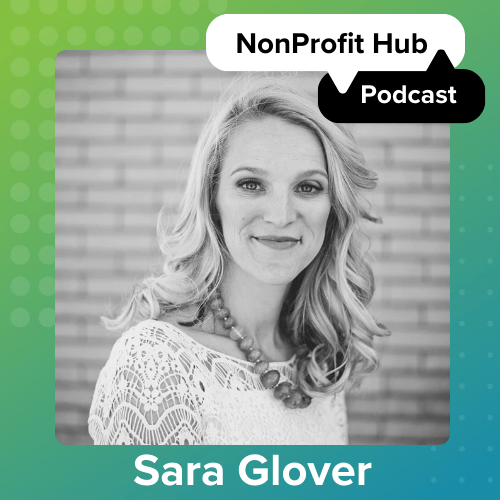Despite its perks, social media can be a danger zone for your cause. This is especially the case if you haven’t outlined clear expectations through a policy for your organization. The voices of your employees and even your volunteers can cast a shadow or a light on your organization’s image. Something as seemingly temporary or innocent as a social media post can make a big impact. That’s why a social media policy is key.
A Cautionary Tale
Previously, I was leading a nonprofit that hadn’t yet developed a social media policy—a great oversight by me. In the midst of an election season, I was contacted very early one morning by a donor/volunteer asking to talk. We connected later, and I listened as she mentioned how an employee of our organization had shared a post on Facebook commenting on the political scene and disparaging one particular party. The volunteer had two questions:
1) Is this the shared perspective of the organization? (It was not.)
2) Does this person understand that when they post from their personal account, they are representing the organization they help lead? (Pause. Deep sigh. Head shake.)
It was an eye-opening conversation, to say the least.
Shaping a Social Media Policy for Your Organization
Prior to that incident, I wasn’t sure any of our team—including myself—understood that we were representing something greater than ourselves when we posted on social media. We were regularly “friended” by our volunteers, donors, and community stakeholders. Social media helps build trust, but it also comes with great responsibility. I realized it would be wise to develop a social media policy while also knowing there was a limit to what a policy could protect. The volunteer’s second question helped me understand that the best social media policy is one that goes beyond paper to the brand and the shared wisdom/moral code of your organization.
Here are some helpful guidelines and considerations.
Your Brand
If your employees, volunteers, board members, or anyone else who has access to your social channels understands your brand, they will intuitively understand what can and should be posted. Your internal brand has a significant impact on your external reputation. Make sure all are in sync and the building blocks of who you are and what you stand for are understood.
Core Values
Your values can also be a framework through which all decisions are made—even those as seemingly small and temporary as social media posts. For example, a core value of Ronald McDonald House Charities is to celebrate the diversity of their people and programs. This core value automatically acts as a barrier to anything that would demonstrate a lack of respect for others on social media.
It is worth mentioning that core values are only as strong as their adoption and promotion within an organization. Make sure your core values are clear, and then lead as an example so your team puts them into practice. This will help intrinsically shape your organization’s policy when it comes to social media behavior.
Rotarian Wisdom
Outside of your own brand and values, there are other methods for developing a policy. Take the Four-Way Test as an example: it’s a well-known moral code of Rotary groups world-wide. It’s simple, easy to remember, and provides a great framework for most communication, but especially social media. The test consists of these four questions:
- Is it the truth?
- Is it fair to all concerned?
- Will it build goodwill and better friendships?
- Will it be beneficial to all concerned?
Encourage your team to use these guidelines in their communication. This goes for everyday internal dialogue as well as external communication, such as social media.
A Note on Personal Expression
As mentioned above, there is a limit to what any social media policy can do to protect your organization. Individuals have the right to share their thoughts and opinions, and that is a GOOD thing. Teaching the benefit of good communication internally, however, can have a keen impact beyond your organization’s walls—especially when it comes to social media.
Looking to put a policy in place? Try using the Society for Human Resource Management’s sample policy as a framework.







